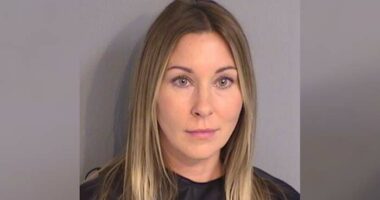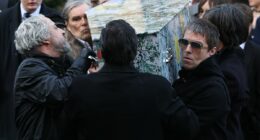Share this @internewscast.com

California Gov. Gavin Newsom (D) asked a federal judge to immediately intervene on Tuesday to limit President Trump’s deployment of the National Guard in Los Angeles.
Newsom asked for an emergency ruling by 1 p.m. PDT on Tuesday, a lightning-fast timeline.
“Federal antagonization, through the presence of soldiers in the streets, has already caused real and irreparable damage to the City of Los Angeles, the people who live there, and the State of California. They must be stopped, immediately,” the motion states.
Newsom and California Attorney General Rob Bonta (D) sued Trump and Defense Secretary Pete Hegseth a day earlier over Newsom’s objection to Trump authorizing several thousand National Guard troops to go into Los Angeles to quell immigration protests, which at times have turned violent. The Pentagon is also deploying 700 Marines to the city.
The case was assigned to U.S. District Judge Charles Breyer, an appointee of former President Clinton who serves in San Francisco. He is also the brother of retired Supreme Court Justice Stephen Breyer.
Newsom asked the judge to issue an order prohibiting the National Guard troops from engaging in law enforcement activities beyond the “immediate vicinity” of federal property as the lawsuit proceeds.
Many of the most intense demonstrations have taken place near a series of federal buildings in downtown Los Angeles, including the Edward R. Roybal Federal Building, a detention facility and federal courthouse.
But the order would block the troops from patrolling communities or otherwise engaging in general law enforcement activities.
“Defendants, including President Trump and Secretary of Defense Hegseth have sought to bring military personnel and a ‘warrior culture’ to the streets of cities and towns where Americans work, go to school, and raise their families,” the emergency motion reads. “Now, they have turned their sights on California with devastating consequences, setting a roadmap to follow across the country.”
Newsom asked Breyer to issue his order without hearing arguments from the federal government, which objects to the motion, court filings show.
“Defendants oppose any ex parte proceedings in this matter and request no less than 24 hours from the time that Plaintiffs file their motion for a temporary restraining order to file a response brief. Should the Court desire to rule on the temporary restraining order in the absence of Defendants’ written response, Defendants seek to be heard at a hearing and are available at any time,” the government responded when notified of the request.













